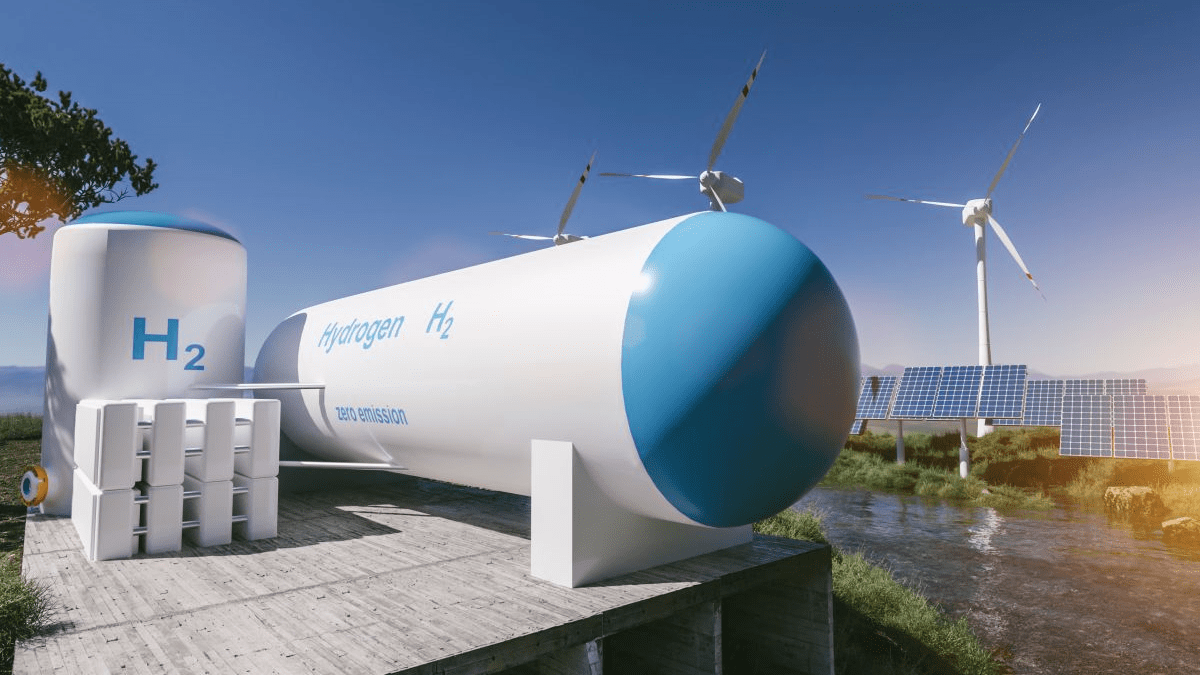
Depending on their size, electrolysers producing hydrogen could be built in all parts of Germany – and be system-serving, i.e. relieve the electricity grid and support the hydrogen sector. The renewable energy potential and the demand for hydrogen are particularly relevant for a system-serving location for electrolysers. Access to a hydrogen transportation network is becoming increasingly important for larger electrolysers.
In the report ” Assessment of regions for system-serving electrolysers – an overarching analysis of regional factors”, a team from the Institute of Energy Economics at the University of Cologne (EWI) evaluates possible regional factors influencing system-serving electrolysers. The analysis examines and evaluates districts and independent cities regarding the system-serving location of electrolysers with different levels of power. The report was prepared on behalf of E.ON Hydrogen GmbH and Thüga AG by Dr.-Ing. Ann-Kathrin Klaas, Michaele Diehl, Nada Fadl, Michael Moritz and Lisa Restel.
System-usefulness is an important building block in the decarbonization of the energy system in order to save costs, resources and emissions. In the case of electrolysers in particular, it is frequently argued that the location and operation should be in line with the energy system. In the case of small electrolysers, system-serving regions combine high demand for hydrogen with a high regional potential for renewable energies. They could be located in large parts of Germany to serve the system. While only a few regions in the analysis in 2030 have a good to very good rating for system-supporting electrolysis projects, the number and level of ratings would increase significantly in 2040 due to rising demand and the expansion of infrastructure.

Some regions, particularly on the coasts and in the central German chemical triangle, are classified in the report as system-compatible for all capacity classes. For medium and larger electrolysers, regional, regulated energy volumes and access to the hydrogen core grid also have a major influence on system adequacy. Electrolysers could benefit from location factors near industrial centers and in the northern half of Germany with a high potential for renewable energies.
Particularly in the south, however, there is also the possibility for the medium capacity class to supply regional consumers or feed into a regional hydrogen distribution network and thus increase system reliability. Location is important for medium and large electrolysers, as they have a greater influence on the energy system.
Electrolysers could be located in a way that benefits the system by means of funding that is based on criteria that take the overall system into account. “Funding for system serviceability should not be limited by predefined regions,” says Dr. Ann-Kathrin Klaas, Project Lead at the EWI. Smaller, decentralized electrolysers in particular could support the market ramp-up in the short to medium term independently of this and benefit in the long term from the definition of various criteria and be located throughout Germany in a system-serving manner.
This report evaluates districts and independent cities in Germany in terms of their suitability as a system-supporting location for electrolysers with regard to ten influencing factors. These include factors from the electricity sector, such as potential for renewable energies and regulated energy volumes, as well as factors from the hydrogen sector, such as regional demand and access to the hydrogen transport or distribution network. Based on the assessment of individual factors and their weighting, an overall assessment was determined for each region. A distinction is made between three performance classes of electrolysers and two target years.